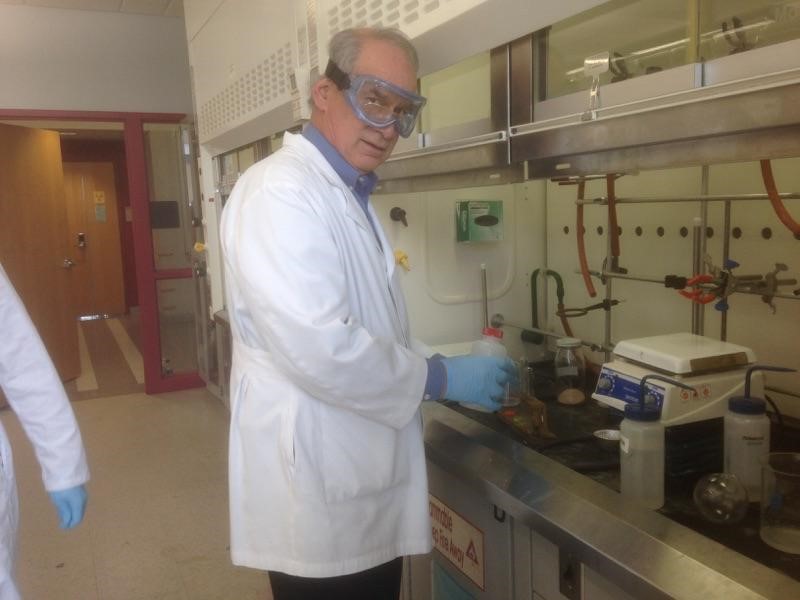
Joseph DeSimone from the University of North Carolina at Chapel Hill’s College of and Sciences and Nitash Balsara from Lawrence Berkeley National Laboratory revived industry and consumer confidence last year when they created the first prototype of a nonflammable lithium-ion battery. Now, they have made the nonflammable prototype even better, replacing the liquid electrolyte with a liquid-solid hybrid that makes the battery more conductive and more resistant to damage.
“A non-liquid electrolyte is better because the battery can’t leak, which makes it safer,” said Dominica Wong, who led last year’s findings at UNC-Chapel Hill and who is co-author of this year’s work, which appears in the Proceedings of the National Academy of Sciences. “For traditional liquid batteries, casing design around the battery pack is extremely important to prevent battery failure. With solid electrolytes, batteries can be made more flexible and robust against compression, which is important for several applications.”
The new work builds on the nonflammable material that DeSimone, Wong and their colleagues developed last year. In the new study, that same material – called perfluoropolyether – was attached to particles of glass to create a nonflammable film with high conductivity at room temperature.
Read the full release from the Lawrence Berkeley National Laboratory here.


